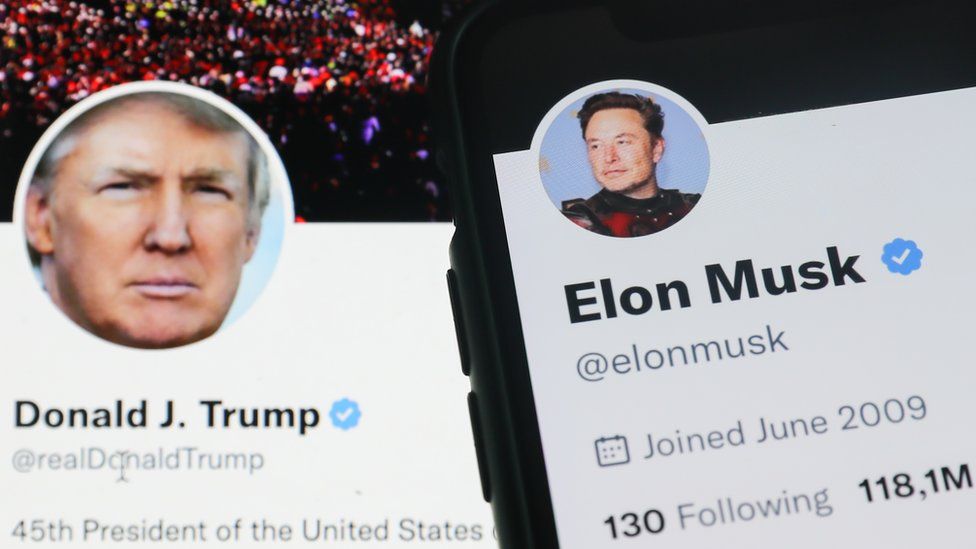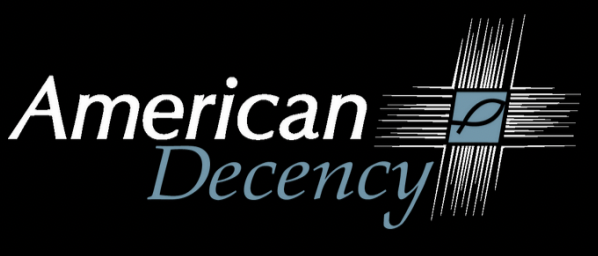
When Elon Musk, founder of PayPal, Space X, Tesla, and Starlink, Time Magazine’s 2021 Man of the Year, and, most famously, the richest man in the world announced that he was considering buying Twitter, which wasn’t even for sale, the left began to panic.
The reason was that Musk – who just a few years ago would have been universally considered a liberal himself – made no attempt to mask his reason for wanting to acquire the company. His reason, which just a few years ago also would have been considered a cause of the left, was that he was a “free speech absolutist.”
Musk’s concern, shared by Twitter users on the right, was that Twitter was being used to shape the national dialogue and steer it in a particular direction by shutting down discussions which led to conclusions untenable to Twitter’s radical employee base.
This concern escalated in 2020, with how the tech company handled dissent from the government’s covid and vaccine narrative and most egregiously with its shutting down discussion of Hunter Biden’s laptop leading up to the presidential election and then with banning Trump immediately after Joe Biden’s inauguration.
The billionaire’s response to all of this madness was to do what only he could do, buy Twitter and all of its secrets outright. Forty-four billion dollars and a few months later, and we’re finally starting to get some answers. And conservative “conspiracy theorists” who wouldn’t settle for the corporation’s pathetic claims to be a neutral party are being vindicated.
Twitter founder and former CEO Jack Dorsey, who in the months after Trump’s removal testified before Congress that Twitter was unbiased is now claiming full responsibility for allowing the government to influence Twitter’s moderation decision, saying “I completely gave up.”
So far, information has been released to independent journalists Matt Taibbi, Bari Weiss, and Michael Shellenberger who have taken turns reporting on the data using Twitter itself as a platform.
Taibbi introduced them thus, in Part 1: The “Twitter Files” tell an incredible story from inside one of the world’s largest and most influential social media platforms. It is a Frankensteinian tale of a human-built mechanism grown out the control of its designer.
… Some of the first tools for controlling speech were designed to combat the likes of spam and financial fraudsters. Slowly, over time, Twitter staff and executives began to find more and more uses for these tools. Outsiders began petitioning the company to manipulate speech as well: first a little, then more often, then constantly…
This system wasn’t balanced. It was based on contacts. Because Twitter was and is overwhelmingly staffed by people of one political orientation, there were more channels, more ways to complain, open to the left (well, Democrats) than the right…
Part 1 goes on to outline the decision-making process that brought the company to ban the spreading of the New York Post’s report on the discovery and content of Hunter Biden’s laptop and credit the ban to a flimsy policy which even the president of communications doubted as a viable reason. It also includes a report citing Democrat law makers demanding more censorship. Users are so used to spreading “misinformation” that Democrats don’t like, that when it is finally blocked they get outraged. Democrats even outrageously contending that “the First Amendment isn’t Absolute.”
Bari Weiss took over for Twitter Files Part 2: “A new #TwitterFiles investigation reveals that teams of Twitter employees build blacklists, prevent disfavored tweets from trending, and actively limit the visibility of entire accounts or even trending topics—all in secret, without informing users…”
Weiss cites prominent examples like Stanford’s Dr. Jay Bhattacharya, who came out early against Covid lockdowns. He was secretly on a “Trends Blacklist” which prohibited his position from trending on the site. Conservative host Dan Bongino was placed on a “Search Blacklist” which prevented his account from coming up in search results. And Charlie Kirk was put on a “Do Not Amplify” list which prohibited the algorithm from recommending his account to other users. All of this while Twitter’s highest officers were claiming, “We do not shadow ban” and “we certainly don’t shadow ban based on political viewpoints or ideology.”
In Part 3, Taibbi was back to dig into the decision to ban President Trump from the platform: “the erosion of standards within the company in months before J6, decisions by high-ranking executives to violate their own policies, and more, against the backdrop of ongoing, documented interaction with federal agencies.”
Here we find, as an example, Trust and Safety Head Yoel Roth joking about weekly meetings with federal agencies. Interestingly, in the time since Musk’s acquisition of Twitter, Roth’s impact at Twitter has come under particular scrutiny, as old tweets revealed his admission of a not-so “secret, dirty” alternate account and odd tweets which raise questions about Roth’s sexual tendencies, particularly as Musk had found the corporation action against child pornography to be unconscionably lax. Musk replied “explains a lot.” to an article tweeted in 2010 by Roth who asked, “Can high school students ever meaningfully consent to sex with their teachers?” Musk himself tweeted out a screenshot of Yoel’s PhD thesis, saying “Looks like Yoel is arguing in favor of children being able to access adult Internet services in his PhD thesis…” These examples beg the question of why the word “groomer” was considered to be hate speech by Twitter while he worked there.
Another implication of Part 3 was the ousting of former FBI Deputy Counsel James Baker from his position as Chief Counsel for Twitter. This appears to be partly because he was uncovered scrubbing information before Musk could share it with journalists and officially due to his “possible role in suppression of information important to the public dialogue…”
And this brings up another Twitter scandal, as Tucker Carlson recently reported on the at least 15 former intelligence officials working high up in the company as well as one known foreign intelligence operative. Carlson raises the question of whether Twitter wasn’t actually a “propaganda tool and intelligence gathering apparatus.” A good question especially because Twitter employees were able to access Direct Messages, often assumed to be private, between accounts.
In Part 4, Michael Shellenberger continues to dig into the decision to ban Trump, particularly how Twitter opted to “create justifications to ban Trump, seek a change of policy for Trump alone – distinct from other political leaders,” and to “express no concern for the free speech or democracy implications of a ban.”
Finally in Part 5, Bari Weiss comes back to narrate Twitter’s internal conversation on January 7th which culminated in the removal of Trump, in spite of several staffers’ objection, and – more importantly – in spite of blatant “incitement” – which was their justification for his removal – on the part of other world leaders whose accounts have not been deactivated.
These are the major findings and implications of the “Twitter Files” so far, even as more parts are to come. For many of us, it only proves what we knew all along. Big Tech is purposely shaping and manipulating the nation’s speech and thought towards a particular purpose. We are not paranoid, we are no longer conspiracy “theorists,” at least on this issue. There was a conspiracy at Twitter to shut down conservative speech and thought. And if it was happening there, where else is it happening?
To view this article in your browser, Click Here
For more information, articles and newsletters, please check out our website at https://americandecency.org/
You can support ADA financially by visiting: https://give.cornerstone.cc/americandecency

Call us:
231-924-4050Email us:
info@americandecency.orgWrite us:
American Decency AssociationCopyright 2025 American Decency